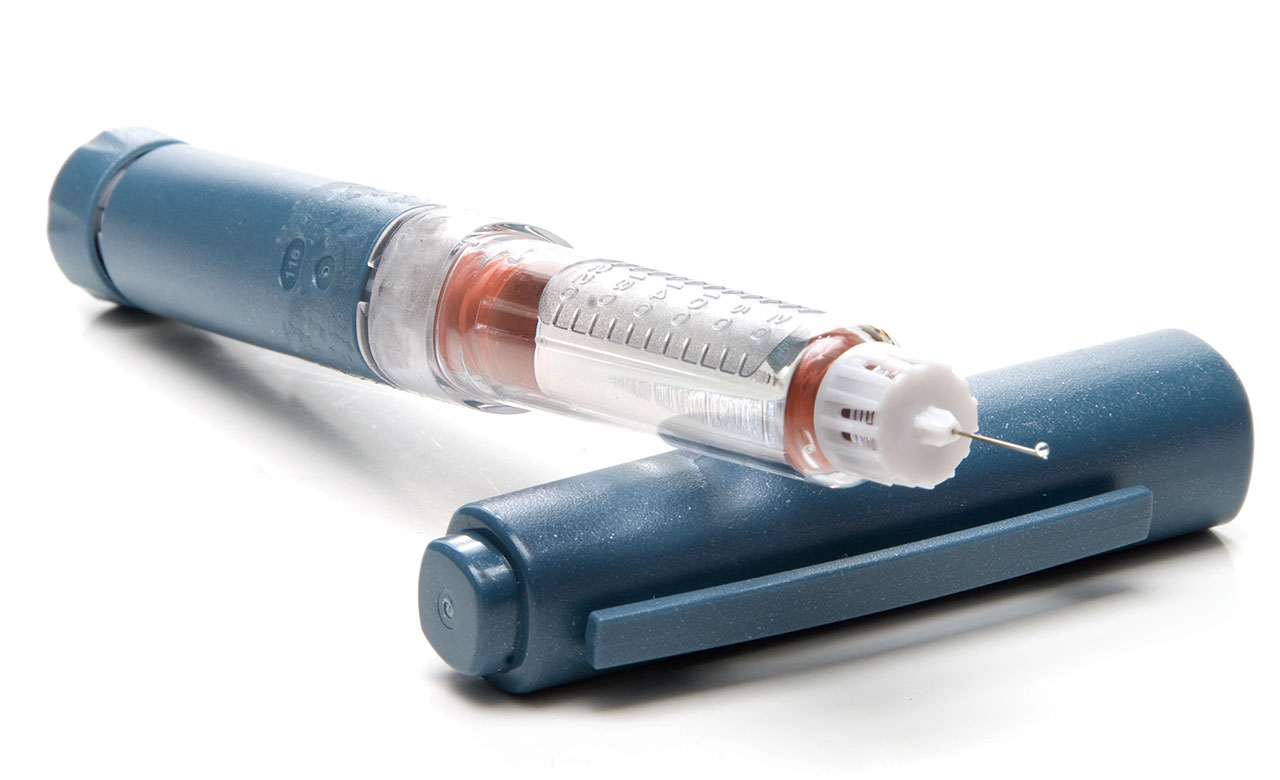Clarissa Chan, PharmD
A November 2022 survey published in the Annals of Allergy, Asthma & Immunology of more than 1,000 adults with food allergies has helped shed light on the challenges patients face with epinephrine autoinjectors (EAIs).
According to Erin Malawer, senior author of the EAI Utilization and Access survey, and Wes Sublett, MD, MPH, an allergist in Louisville, KY, who was not part of the study, dangerous EAI myths can keep patients with food allergies from obtaining and using EAIs.

Why it is important to use EAIs
“[EAIs] should be administered as soon as anaphylaxis is recognized to prevent life-threatening symptoms in both children and adults,” said Sublett. “Delayed use of epinephrine in the treatment of anaphylaxis has been associated with fatalities and hospitalizations.”
Why some patients don’t obtain EAIs
“[We were surprised] that ‘my doctor did not indicate it was needed’ was the top reason patients didn’t obtain EAIs,” said Malawer, who is also executive director of AllergyStrong and cofounder of Food Allergy Collaborative. Another concern may be the price tag of most EAIs. “[Cost] might be the biggest barrier to access,” said Malawer. EAIs cost an average of $476.
Although follow-up questions on why some people believe that EAIs are unsafe were not asked in the survey, “it was disheartening to see that 36% of people surveyed believed that epinephrine causes life-threatening adverse effects,” said Malawer.
Reasons patients didn’t fill their EAI prescription included issues related to obtaining a prescription, access and availability of epinephrine at the pharmacy, insurance reimbursement, fear of both needles and adverse effects, and poor communication with health care providers.
Why EAIs are underprescribed
Despite published guidelines, research supporting the importance of epinephrine in anaphylaxis, and an emphasis on EAI training, the use and access of epinephrine is suboptimal.
“Many patients who experience anaphylaxis never receive an EAI or allergist referral,” he said. “Referral to a board-certified allergist-immunologist is critical to evaluate potential triggers of anaphylaxis.”
Some myths about food allergies
Misconceptions about food allergies spill over into a person’s belief about whether they need epinephrine. “Some mistakenly believe that because they’ve only experienced mild reactions, they will never need epinephrine,” said Malawer. “Reactions can vary; a previous reaction does not predict a future one.”
Some believe that because they aren’t allergic to nuts or shellfish, for example, they do not need epinephrine. “Any allergen can cause a serious reaction; it’s not just peanuts,” said Malawer.
Others believe that antihistamines—particularly first-generation antihistamines—are effective at stopping a severe reaction, because antihistamines are affordable, accessible, and commonly used for seasonal allergies. Patients who have not had a severe reaction in recent years may feel they don’t need epinephrine because they have antihistamines available. “Antihistamines can mask symptoms, but do not stop anaphylaxis; epinephrine is the only medication that will stop an anaphylactic reaction,” said Malawer.
Financial assistance for patients who cannot afford EAIs
Generic EAIs are typically more affordable. Pharmacists can collaborate with patients and providers to see which EAIs are most appropriate and affordable.
“Speak with your insurance company about which autoinjectors they cover and at what rates, so there are no surprises,” said Malawer.
How can pharmacists help?
Reassure patients that EAIs are safe and effective. “Epi First, Epi Fast,” said Sublett. “Emphasize that epinephrine is the first-line and only FDA-approved treatment for anaphylaxis in both children and adults. There is no absolute contraindication to epinephrine treatment in anaphylaxis.”
Encourage patients to ask questions and be prepared to dispel myths. Arming patients with accurate information about epinephrine will help them use EAIs in emergency situations. Acknowledge patients’ needle phobias and reassure them that autoinjectors help make administration easier for them, said Malawer. Utilizing EAI trainers to demonstrate and allowing patients to practice using a device ensures that they are educated and feel empowered to correctly use device-specific autoinjectors when faced with anaphylaxis, said Sublett. ■